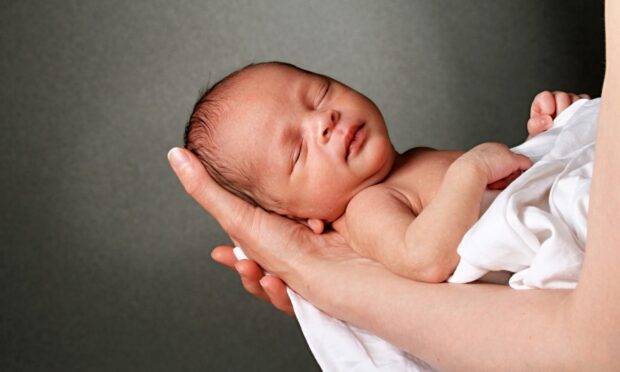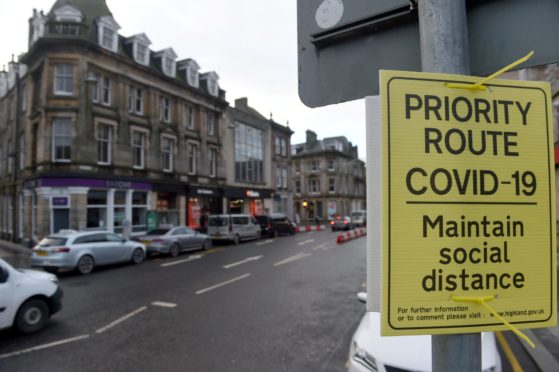Scotland recorded its lowest number of births since 1855 last year, according to the latest statistics from the National Records for Scotland (NRS).
The newly released data also shows the number of deaths in the country hit a 32-year high in a year marked by the coronavirus pandemic and the related restrictions – representing a 10% increase from 2019.
There were 46,809 births in Scotland in 2020, which is the lowest number since records began 166 years ago and an 11% decrease on the country’s five year average.
Scotland’s fertility rate also continued its gradual decline, falling to its lowest ever level of 1.29 – lower than the other four parts of the UK.
However, 2020 also had the lowest infant death rate ever recorded in Scotland, with 146 deaths across the year.
There were 198 stillbirths, a slight increase on the 2019 rate but still low in historical terms.
The figures have been released today by the NRS as part of their Vital Events collection of data, showing numbers relating to births, adoptions, deaths and marriages across the country.
They show that there were 6,333 excess deaths last year, 11% above the five-year average which is the highest level recorded since 1940.
What are the reasons for the ‘stark’ rise in deaths?
In response to the latest statistics, the national charity for older people has expressed concern over the start rise in excess deaths.
Age Scotland’s chief executive Brian Sloan suggested delays in medical assistance during the pandemic could be a factor in the high deaths.
He said: “We know that 2020 presented circumstances unlike any we have faced in recent years, but such a stark rise in excess deaths – the highest seen since 1940 – is nonetheless cause for concern.
“Health and social care services have faced immense pressure over the past year, and many people may have been reluctant or unable to seek medical assistance due to lockdown restrictions.
“These restrictions, combined with the disruption of medical treatment and services as priorities shifted during the early stages of the pandemic, may have led to later diagnosis and treatment in some cases.”
He also suggested the removal of social care packages may have hit those living with conditions such as dementia hard, speeding up their decline.
He added: “Each death represents a devastating loss for the family and loved ones. As we continue to take steps towards recovery, it is vital to ensure that everyone remains able to access the health and social care services they need to live well and is not hesitant to seek medical treatment for new or existing conditions.”
Nuptial numbers
Perhaps unsurprisingly, there were only 11,831 marriages last year in Scotland, fewer than any other year since records began.
As the document points out, registration offices closed in March 2020 due to the pandemic, and even after they reopened heavy restrictions on movement and large gatherings led many people to cancel or postpone their weddings.
Of those marriages, 6,653 were civil ceremonies, while 5,333 were carried out by religious and other belief bodies.
The age at which people first get married has been steadily rising for years, and the figures show that in 2020 it hit 34.9 years old for men and 33.3 years old for women.
Julie Ramsay, vital events statistician for NRS, said: “With over 64,000 deaths in 2020, which is 10% higher than in 2019, the devastating effects of the Covid-19 pandemic on Scotland are clear.”

